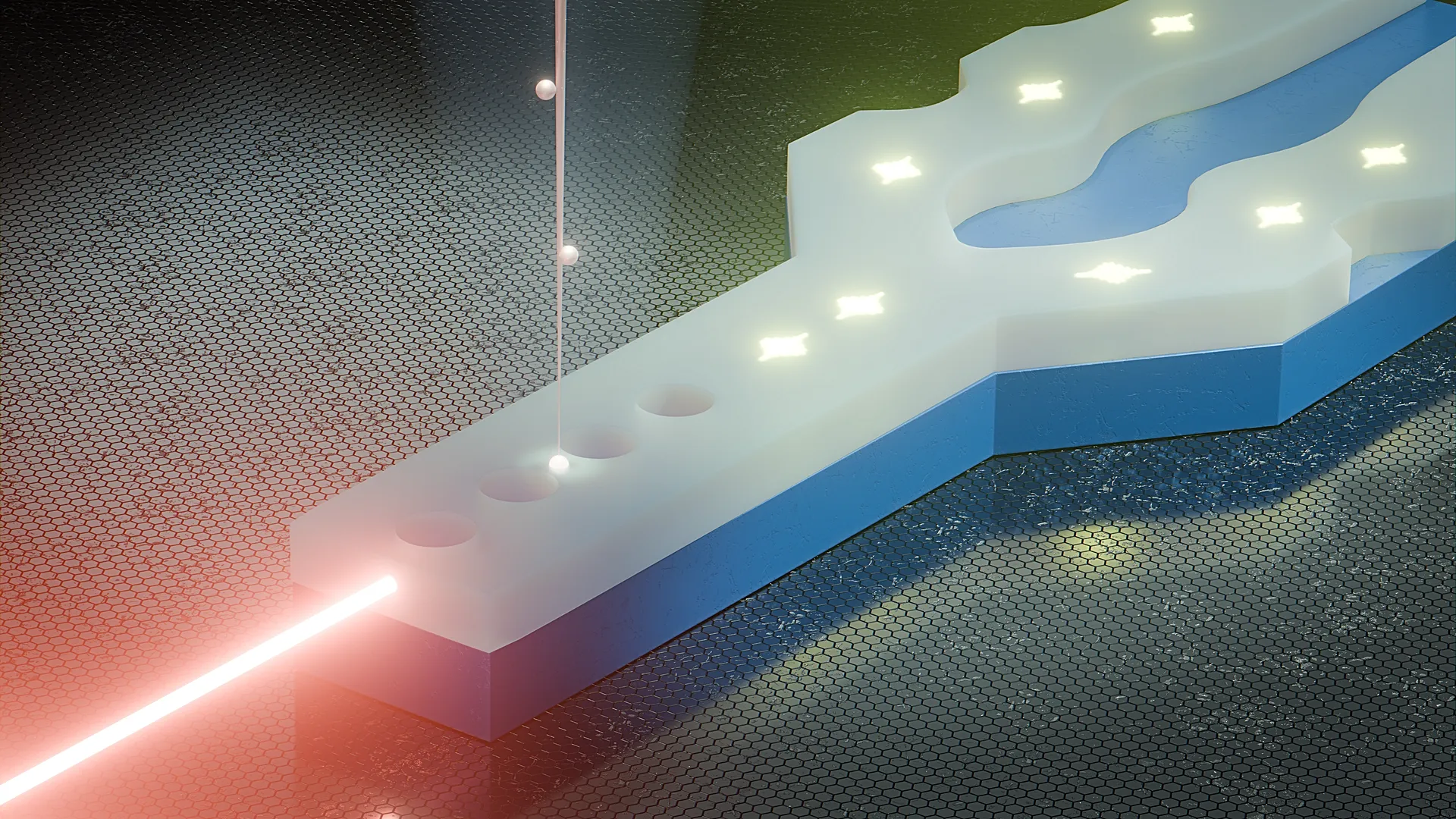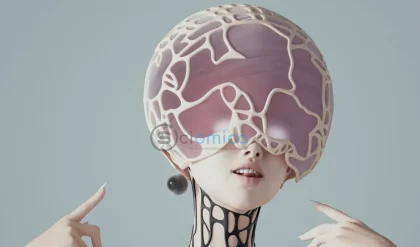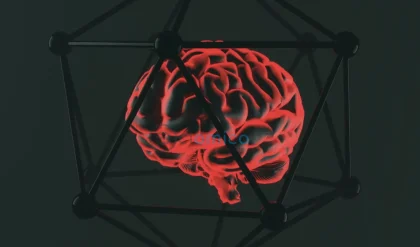
A groundbreaking research initiative, known as the EQUAL project, is being spearheaded by a Danish-German collaboration that includes participation from the Helmholtz-Zentrum Dresden-Rossendorf (HZDR). This strategic project focuses on the development of innovative quantum light sources and the technology needed for scalable quantum networks, utilizing the rare-earth element erbium as a key component. Funded by the Innovation Fund Denmark, the EQUAL project has received a substantial investment of 40 million Danish crowns, equivalent to approximately 5.3 million euros. The project commenced in May 2025 and is scheduled to run for a duration of five years.
This project emerges at a pivotal time for quantum technology, which paves the way for secure, unbreakable encryption and novel computer architectures that are anticipated to be interconnected through optical quantum networks in the near future. However, such advancements hinge on the existence of quantum light sources that are not currently available. The objective of the EQUAL project is to fill this critical gap.
According to Søren Stobbe, the project coordinator and a professor at the Technical University of Denmark (DTU), the endeavor presents substantial challenges, particularly in the goal of integrating quantum light sources with quantum memory devices. While this ambition might have seemed far-fetched just a few years ago, advancements in research have unveiled potential pathways to achieve these objectives.
The project’s technological framework combines sophisticated nanophotonic chips developed at DTU with cutting-edge technologies across various domains such as materials science, nanoelectromechanics, nanolithography, and quantum systems. While numerous types of quantum light sources are currently in existence, most either lack compatibility with quantum memory or do not function effectively with optical fibers.
Erbium has emerged as the most promising element for this application, though it exhibits weak interactions with light, thereby necessitating a significant enhancement of this interaction. Recent advancements in nanophotonic technology at DTU have now made this enhancement feasible. The project transcends the boundaries of advanced nanophotonics—it also intertwines essential elements of quantum technology, integrated photonics that boast extremely low power consumption, and innovative nanofabrication techniques, all of which promise to yield great potential for future developments.
The EQUAL project also involves the development of new silicon-based quantum light sources at HZDR, leveraging silicon—the foundational material in contemporary electronics. These light sources are designed to operate at the wavelengths utilized for fiber-optic communication, positioning them as vital components for the advancement of future quantum technologies encompassing secure communications and enhanced computing capacities. Dr. Yonder Berencén, the principal investigator from the Institute of Ion Beam Physics and Materials Research at HZDR, elaborates that advanced ion beam techniques will be employed to implant erbium atoms into miniature silicon structures, with investigations into how ultra-pure silicon can optimize performance. This research will set the groundwork for the creation of quantum devices capable of integration with existing technological frameworks.
Additionally, the EQUAL team benefits from technological insights and resources from a network of partnering institutions, including contributions in quantum networks from Humboldt University in Berlin, nanotechnology from Beamfox Technologies ApS, and integrated photonics from Lizard Photonics ApS. As the EQUAL project unfolds, it holds the potential to revolutionize the landscape of quantum technology, laying the foundation for a new era of connectivity and computational power.






